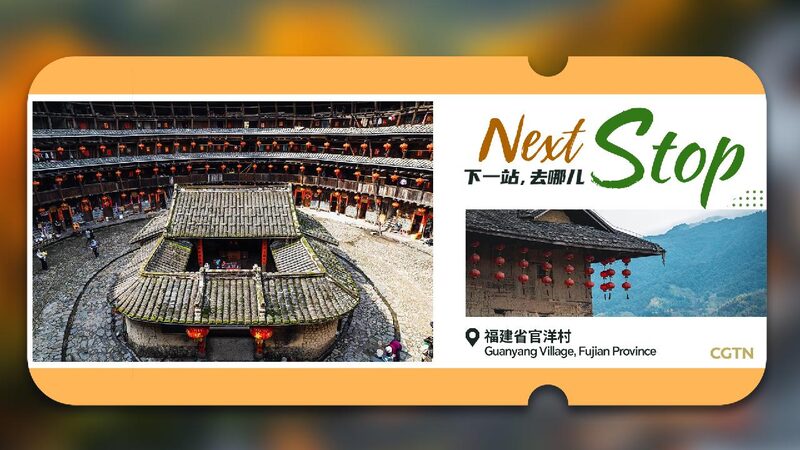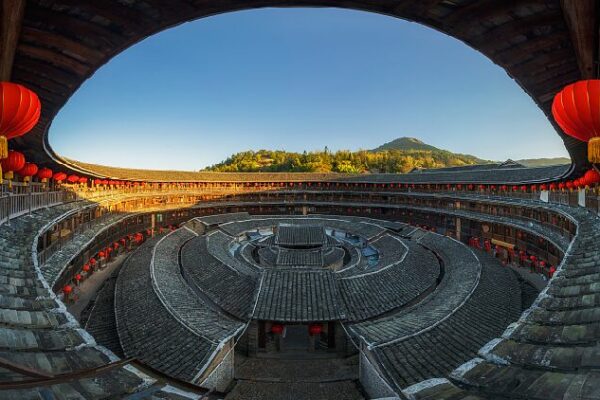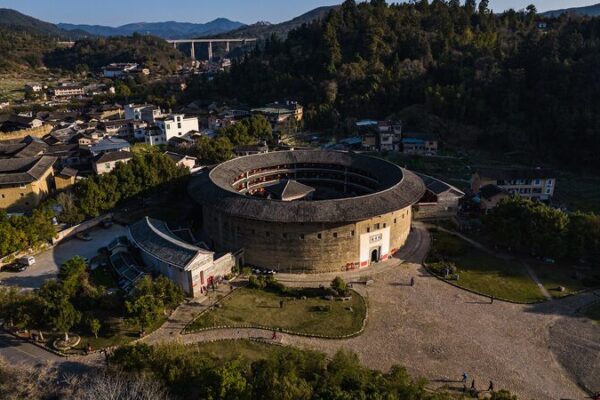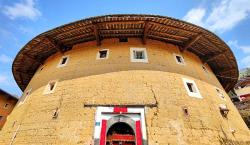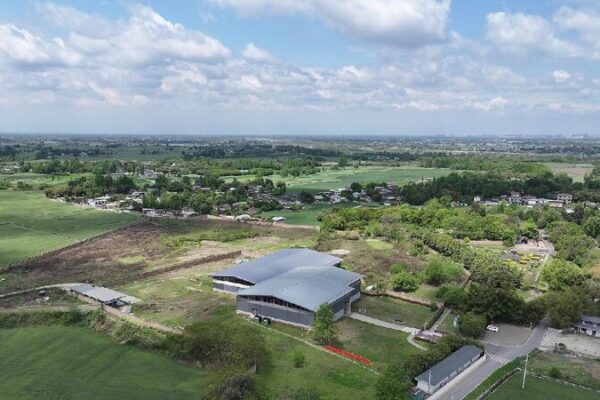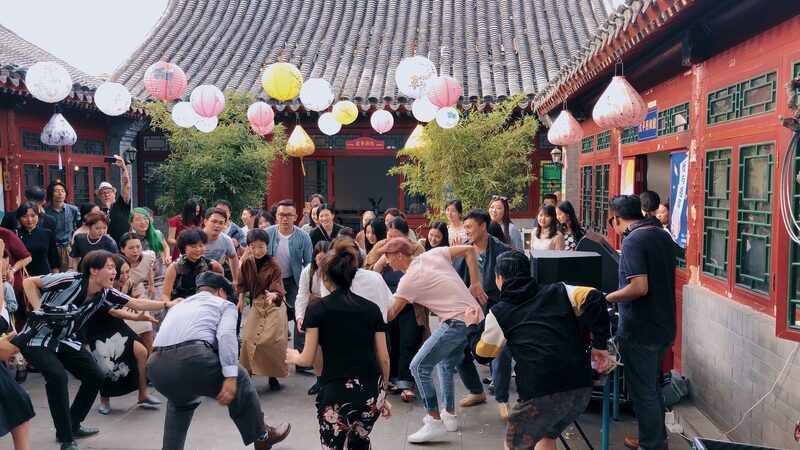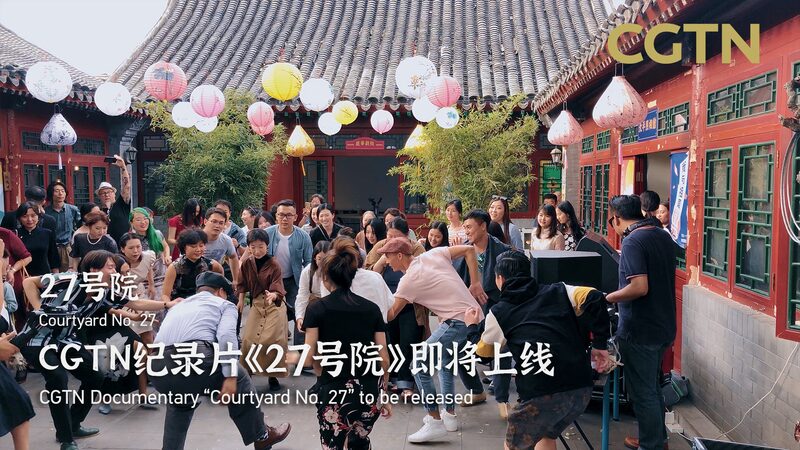Guanyang Village, nestled in the mountains of southeast China’s Fujian Province, is experiencing a remarkable transformation. Once known solely for its iconic Fujian Tulou—ancient earthen fort-like buildings dating back 700 years—the village is now a vibrant community attracting young entrepreneurs and tourists alike.
The Tulou, constructed during the Song and Yuan dynasties, embody the traditional Chinese concept of “closed outside, open inside.” These unique structures feature enclosed outer walls with living quarters arranged around a central courtyard, fostering a strong sense of community among residents.
Since being named a UNESCO World Heritage Site in 2008, Guanyang Village has taken innovative steps to breathe new life into its rich cultural heritage. Residents have revitalized the interiors of the Tulou, transforming them into welcoming public spaces that encourage community gathering and cultural exchange.
New ventures have sprung up within these historic walls, including homestays that offer an authentic experience of Tulou living, farm-to-table dining that highlights local cuisine, and cozy cafes that blend tradition with modern comforts. These initiatives cater to travelers eager for cultural immersion and have put Guanyang Village on the map as a must-visit destination.
The surge in tourism has revitalized the local economy and reversed the trend of an aging population. Young people are returning to the village, launching businesses, and contributing to a shared vision of prosperity. “In 2008, the average annual income here was 10,000 yuan (over $1,300). By 2023, it had tripled to 30,000 yuan (over $4,000),” said Zhang Haitao, head of the county’s bureau of culture, sports, and tourism.
“Our aim is to make Guanyang Village a model for rural revitalization,” Zhang added, envisioning a future where the environment is preserved, culture thrives, and community life prospers.
Guanyang Village’s journey from a historical hamlet to a global tourism gem showcases the transformative power of cultural preservation and sustainable development. By seamlessly blending ancient traditions with modern vitality, the village offers a blueprint for rural communities worldwide, proving that heritage and innovation can go hand in hand.
Reference(s):
Next Stop: Fujian Tulou, earthen fort-like buildings connects people
cgtn.com
